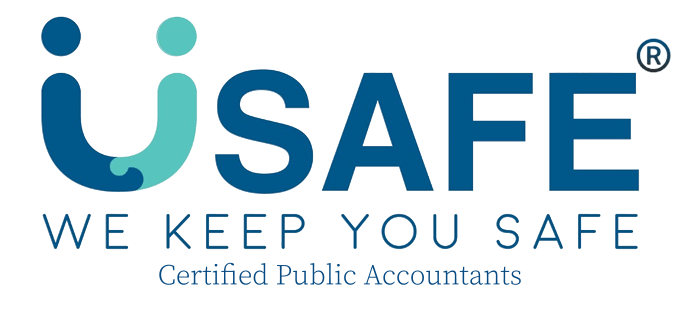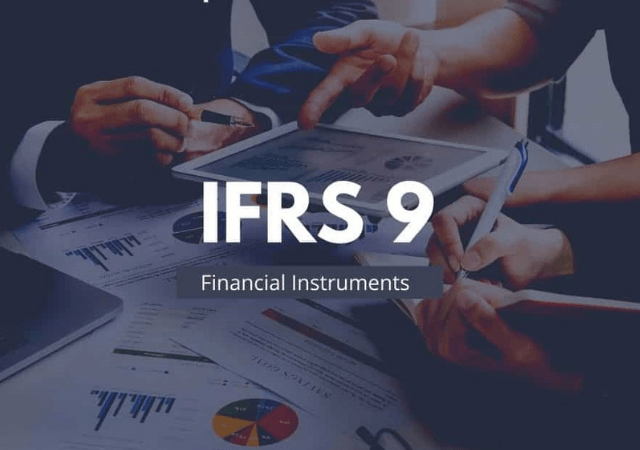Simplified Guide to Filing Form C, Form C-S, and Form C-S (Lite) Returns in Singapore
In Singapore, companies have different options for filing their corporate income tax returns, including Form C, Form C-S, and Form C-S (Lite). Understanding these options is crucial for businesses to comply with tax regulations effectively. Let’s explore the process of filing each type of return in simple terms.
Form C Filing:
Form C is a standard tax form used by companies to report their income, expenses, and other financial information for corporate income tax assessment. Companies must file Form C if they meet any of the following criteria:
- Annual revenue exceeding $10 million.
- Electing to file a Form C return instead of Form C-S or Form C-S (Lite).
The deadline for filing Form C is typically on 15th December of each year, covering the company’s financial year ending in the preceding year. Therefore, Companies must submit their Form C returns electronically via the Inland Revenue Authority of Singapore (IRAS) website.
Form C-S Filing:
Form C-S is a simplified tax form designed for small companies with straightforward tax affairs. Thus, to be eligible for Form C-S filing, a company must meet the following criteria:
- Annual revenue not exceeding $10 million.
- Reporting a net profit or zero net profit.
- No claims for group relief, investment allowance, or foreign tax credit.
The deadline for filing Form C-S is usually on 30th November of each year, covering the company’s financial year ending in the preceding year. In addition, similar to Form C, companies must submit their Form C-S returns electronically via the IRAS website.
Form C-S (Lite) Filing:
Form C-S (Lite) is an even simpler tax form introduced by the IRAS for eligible small companies. Then, to qualify for Form C-S (Lite) filing, a company must meet the following criteria:
- Annual revenue not exceeding $200,000.
- Reporting a net profit or zero net profit.
- No claims for group relief, investment allowance, or foreign tax credit.
The deadline for filing Form C-S (Lite) is usually on 30th November of each year, covering the company’s financial year ending in the preceding year. Thus, Companies can submit their Form C-S (Lite) returns electronically via the IRAS website.
Key Differences:
While all three forms serve the purpose of reporting corporate income tax, they differ in terms of complexity and eligibility criteria. Furthermore, Form C is suitable for larger companies, Form C-S is tailored for small companies, and Form C-S (Lite) is designed for the smallest companies with the simplest tax affairs.
Penalties for Late Filing:
Failure to file income tax returns by the deadline may result in penalties imposed by the IRAS. Indeed, late filing penalties can range from $100 to $1,000, depending on the company’s revenue and the number of days overdue.
Conclusion:
Understanding the options for filing corporate income tax returns in Singapore is essential for companies to fulfill their tax obligations efficiently. Besides, by choosing the appropriate form and adhering to the respective deadlines, businesses can avoid penalties. Also, to maintain compliance with tax regulations. For personalized assistance with tax filing and compliance, companies can seek guidance from professional tax advisors or accounting firms.
If you have any questions or need assistance with filing income tax returns, feel free to contact us. Our team of experienced professionals is here to help you navigate the tax filing process and ensure compliance with Singapore’s tax laws and regulations.
Disclaimer: This article is for informational purposes only and does not constitute any professional advice. Therefore, feel free to contact us to consult with our professional advisors team for personalized advice and guidance.






